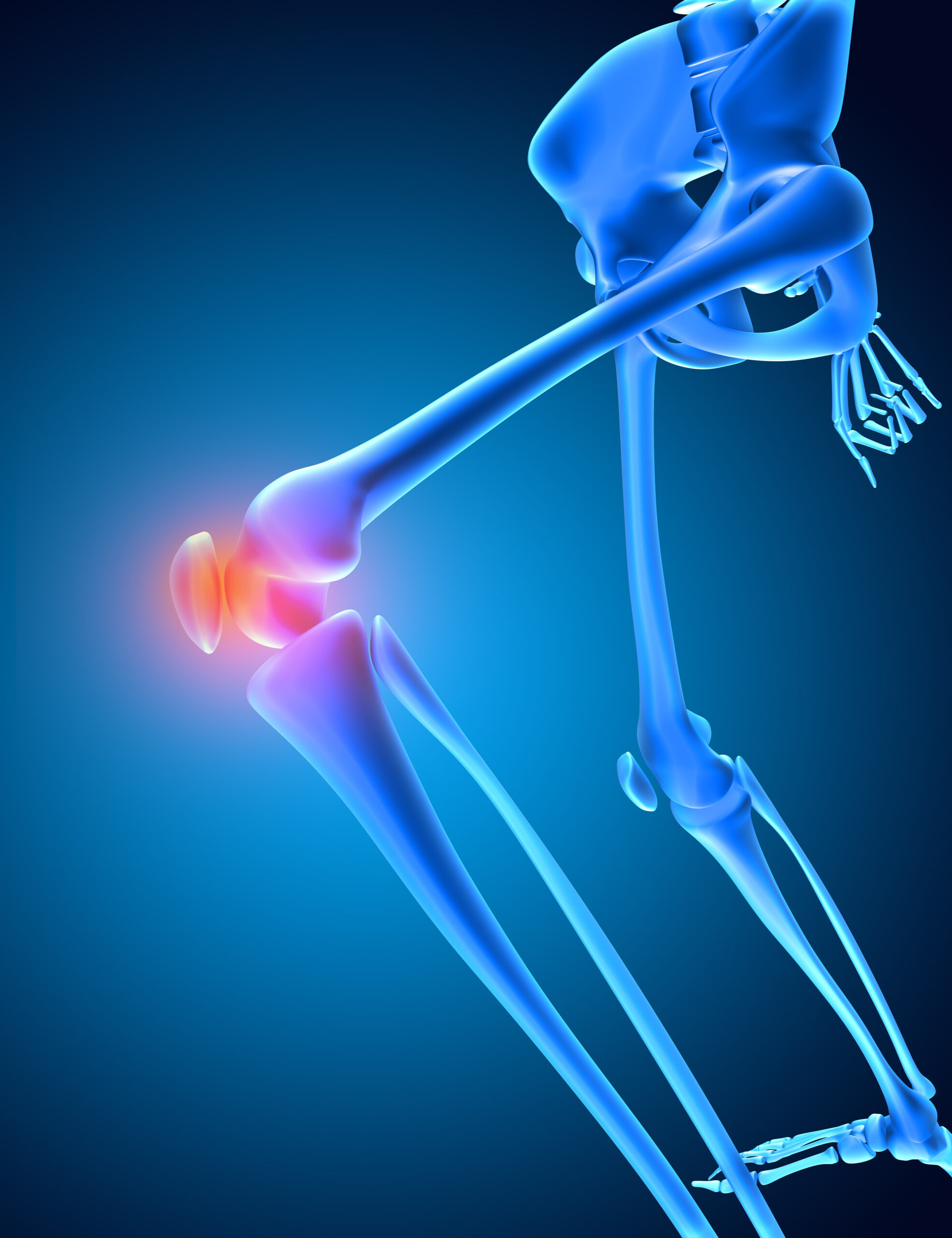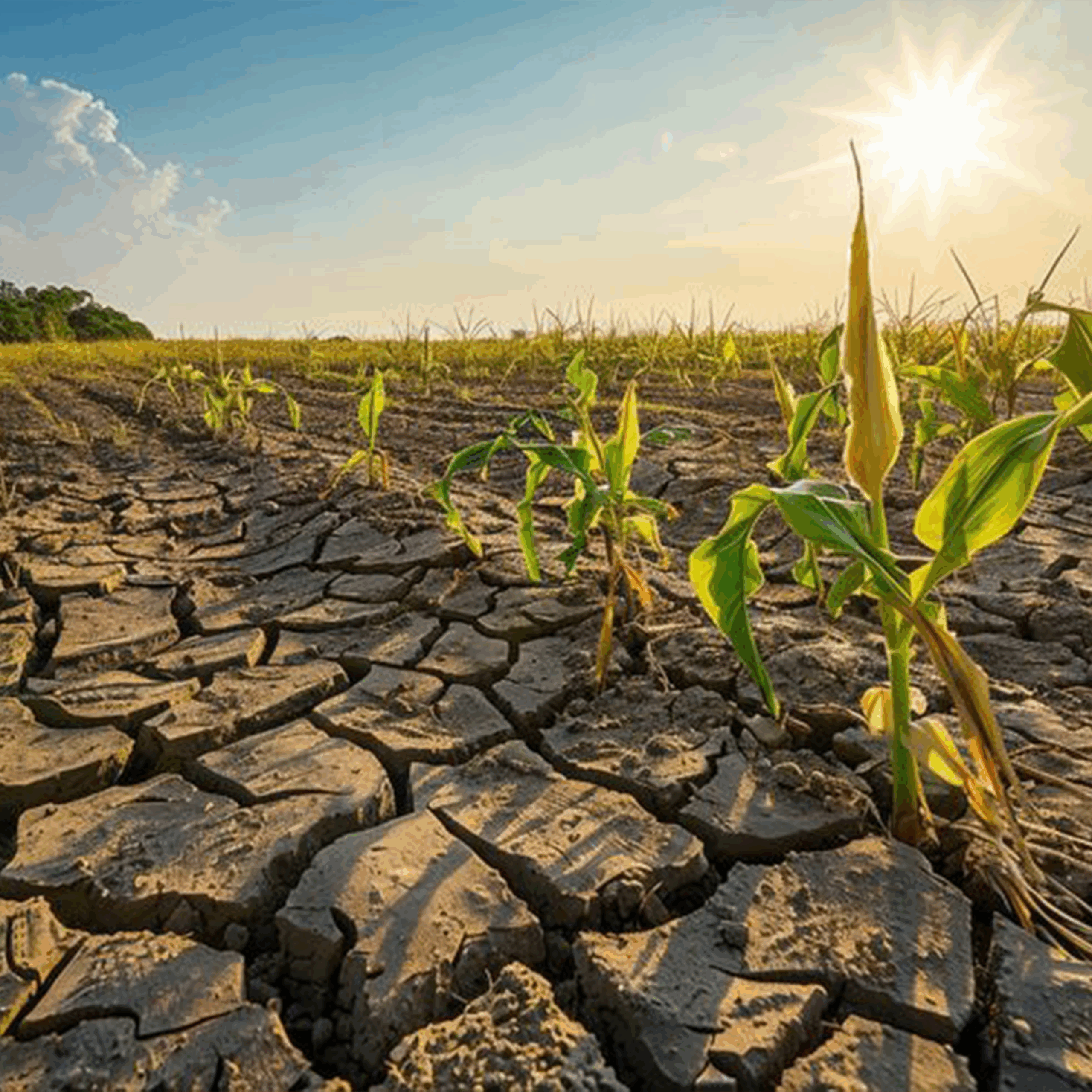Insulin resistance – all of us have probably heard the word being thrown around countless times- in early morning WhatsApp forwards and Times Of India Health articles on the headings we skim ephemerally before moving to page 3. Very few Indians are currently aware of its effects and causes- let alone severity or clinical features. It is a condition whose modus operandi is working in the background—slow, steady, quietly rewiring metabolism until the warning signs are too big to ignore. By the time it shows up in routine blood work, the damage has often been years in the making. Thus, in India, where metabolic disorders are rising at an unprecedented pace, insulin resistance is shaping up to be one of the most pressing, yet least discussed, public health concerns of the 21st century.
The Numbers Don’t Look Good
The data is staggering. More than 11% of an urban South Indian population meets the criteria for Insulin Resistance Syndrome. In Eastern India, 32.3% of overweight or obese children already show signs of insulin resistance. Among young, lean Asian-Indian men, the risk is three to four times higher than in other ethnic groups.
India also holds an unenviable position on the global diabetes map: 17.2% of Asian Indians have type 2 diabetes, a prevalence higher than that of Chinese (9.7%) and Malays (16.6%). The trajectory is clear, and it’s pointing in the wrong direction.
But why is Insulin Resistance So Prevalent in India?
It’s extremely easy to blame fast food, sugar, or traditional Indian laziness- a notion many foreign studies erroneously allude to, but the truth is more complex, woven into genetics, culture, and the shifting landscape of modern life.
1. Genetics: A Metabolic Disadvantage
Evolution isn’t always on our side. The “thrifty gene hypothesis” suggests that South Asians, historically exposed to cycles of feast and famine, developed an ability to store fat efficiently. This was once an advantage, a survival mechanism. Now, in an environment where food is abundant and movement is optional, that same genetic wiring has turned into a liability.
South Asians also have a different body fat distribution compared to many other populations. Even at an apparently “normal” BMI by scientific standards, they tend to have much higher visceral fat, particularly around the liver and pancreas. These organs are crucial for glucose metabolism. Thus this unfortunate predisposition makes insulin resistance much more likely even in those who don’t seemingly appear overweight by conventional standards.
2. The Indian Diet: Heavy on Carbs, Light on Balance
A regular afternoon in India is incomplete without ample servings of white rice, refined wheat, deep-fried snacks and of course sugar-heavy chai. These aren’t just dietary choices; they’re cultural staples fully adherent to the Indian experience. The problem? A diet built around refined carbohydrates- and thus low fiber intake, leads to repeated spikes in blood sugar. This in turn forces the pancreas to pump out more insulin. This over time, causes the cells to become desensitized, requiring even more insulin to get the job done.
Protein intake is another issue. Traditional Indian diets tend to be extremely carbohydrate-heavy yet visibly protein-deficient, especially for vegetarians, a demographic constituting a large portion of our population. While pulses and lentils provide some protein, which is minimal vis a vis the daily requirement- they often come bundled with a high carbohydrate load. This leads to daily blood sugar level rollercoasters that fuel insulin resistance over a long amount of time.
3. Urbanization and the Sedentary Lifestyle Problem
India’s rapid urbanization throughout the decades has changed how people live and work. Long commutes, desk jobs, and screen time have replaced the physically demanding lifestyles that the previous generations had for centuries. Even among those who exercise, it’s often a peculiarly isolated and infrequent event- an hour at the gym doesn’t exactly suitably counter 10+ hours of sitting.
Worse, post-meal activity—something that naturally improves glucose metabolism—is almost non-existent. A traditional meal in many Indian households ends with chai and conversation, not a walk. The result? Prolonged glucose spikes that further stress the body’s insulin response.
4. Socioeconomic Factors: The Bane of Both Wealth and Poverty
Insulin resistance isn’t just a disease of either affluence or poverty, it instead thrives in both.
- The Affluent: Higher incomes bring convenience, but also more processed food, more eating out, and less physical labor. The rise of food delivery apps and 24/7 availability of high-calorie snacks make overeating effortless.
- The Underprivileged: Nutrient-dense food is expensive, while cheap, carbohydrate-heavy food is widely available. The worst quality of food widely available- including roadside processed snacks, and sugary drinks provide immediate energy but eventually wreak havoc on long-term metabolic health.
The Consequences Of Insulin Resistance: It’s More Than Just Diabetes
Insulin resistance doesn’t just lead to diabetes- it disrupts and damages almost every major system in the body.
- Liver Disease: Excess insulin promotes fat storage in the liver. This leads to non-alcoholic fatty liver disease (NAFLD), which left unchecked can progress to cirrhosis.
- Heart Disease: High insulin levels contribute to increased triglycerides, LDL cholesterol, and hypertension- creating a perfect storm for cardiovascular disease.
- Cognitive Decline: New research suggests a connection between insulin resistance and Alzheimer’s disease, sometimes referred to as “type 3 diabetes”.
- Cancer Risk: Insulin is a growth hormone. Chronically high levels may increase the risk of certain cancers, including breast and colorectal cancer.
Is There a Way Out?
Yes, but it won’t happen through quick fixes or fad diets. Addressing insulin resistance requires a multi-faceted approach that includes education, lifestyle shifts, and policy changes.
1. Rethinking the Indian Diet
- Increase fiber intake to slow glucose absorption.
- Prioritize healthy fats (nuts, seeds, avocado, ghee in moderation).
- Boost protein consumption to stabilize blood sugar.
- Cut back on refined carbs—less white rice, more whole grains.
2. Movement as Medicine
- Post-meal walks: A simple act most of us tend to ignore- a simple 10-minute walk after eating can significantly improve insulin sensitivity.
- Strength training: To concise dozens of articles published on the idea- muscles are essentially a glucose sponge. The more you have, the better your body handles sugar.
- Breaking up sedentary time: Sitting for long hours, a habit becoming worryingly common throughout the decades is disastrous for the metabolism. Standing desks, stretch breaks, and movement throughout the day are imperative for improving bodily health.
3. Early Screening and Awareness
- Insulin resistance doesn’t show up in routine tests like fasting glucose. More advanced screening (like HOMA-IR or fasting insulin levels) should become standard.
- Schools should introduce metabolic health education early, teaching children about nutrition, exercise, and long-term health.
4. Policy-Level Interventions
- Taxing processed foods high in sugar and other refined grains—similar to how tobacco is regulated.
- Subsidizing healthier alternatives and making nutritious food more accessible to all income groups.
- Encouraging workplace wellness initiatives such as yoga, meditation and monitoring its integration into corporate culture.
Which Path Will the Country Take?
The insulin resistance epidemic isn’t unsolvable- but being consciously oblivious to it will steadily make it so. The current trajectory of our demographic suggests a future where metabolic disorders become increasingly common across all strata of our society, endangering the livelihood and productivity of millions while burdening our perennially overstretched healthcare system. But with early intervention, better education, and systemic changes, India can rewrite its metabolic future.
The real question is: Will we act before it’s too late?
References
[1] Deepa R, Shanthirani CS, Premalatha G, Sastry NG, Mohan V. Prevalence of insulin resistance syndrome in a selected south Indian population–the Chennai urban population study-7 [CUPS-7]. Indian J Med Res. 2002 Mar;115:118-27. PMID: 12201176.[2
[2] Yajnik CS. The insulin resistance epidemic in India: fetal origins, later lifestyle, or both? Nutr Rev. 2001 Jan;59(1 Pt 1):1-9. doi: 10.1111/j.1753-4887.2001.tb01898.x. PMID: 11281246.
[3] Das RR, Mangaraj M, Nayak S, Satapathy AK, Mahapatro S, Goyal JP. Prevalence of Insulin Resistance in Urban Indian School Children Who Are Overweight/Obese: A Cross-Sectional Study. Front Med (Lausanne). 2021 Feb 12;8:613594. doi: 10.3389/fmed.2021.613594. PMID: 33644095; PMCID: PMC7907002.
[4] Insulin Resistance: Symptoms, Causes, Tests, and Treatment https://www.webmd.com/diabetes/insulin-resistance-syndrome
[5] Li, M., Chi, X., Wang, Y. et al. Trends in insulin resistance: insights into mechanisms and therapeutic strategy. Sig Transduct Target Ther 7, 216 (2022). https://doi.org/10.1038/s41392-022-01073-0





